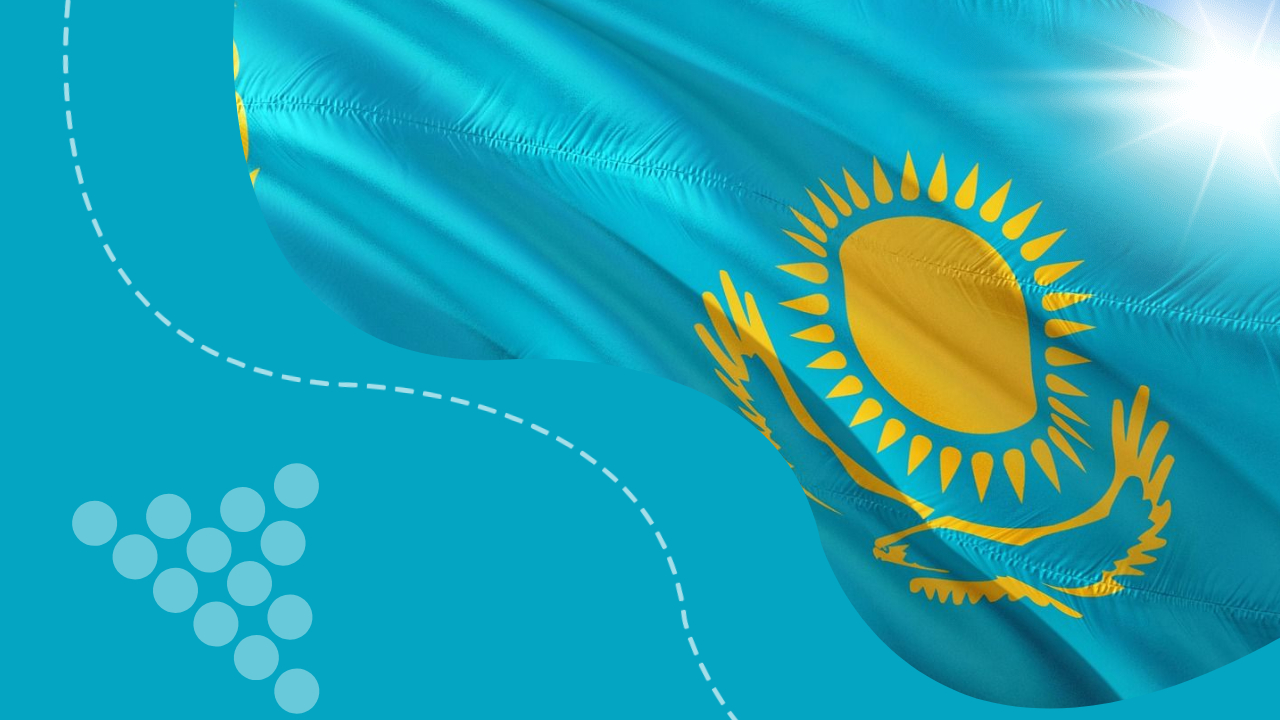In a bid to enhance metal deposits exploration, Kazakhstan is set to employ aerogeophysical mapping technology. The regions slated for study include the East Kazakhstan Region (VKO), Abai Region, and the Northern Balkhash. The initiative, covering a cumulative area of 250,000 square kilometers, is reported by inbusiness.kz, citing statements from Andres Blanco, the CEO of Xcalibur Multiphysics, a company specializing in aerogeophysical surveys.
Investors are anticipated to show increased interest in Kazakhstan’s geological exploration armed with geological data obtained through aerogeophysics, according to Mr. Blanco. The initial mapping phase is expected to be predominantly completed within the current year, with some tasks earmarked for 2025. At this stage, magnetic gravity technology will be employed for metal detection.
Following the interpretation of geological data, the second phase, likely to commence thereafter, will involve the utilization of electromagnetic and gravitational reconnaissance methods.

